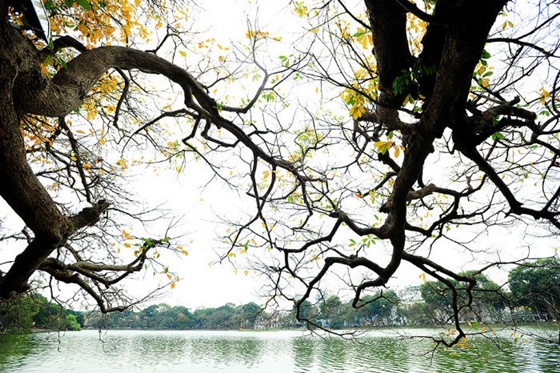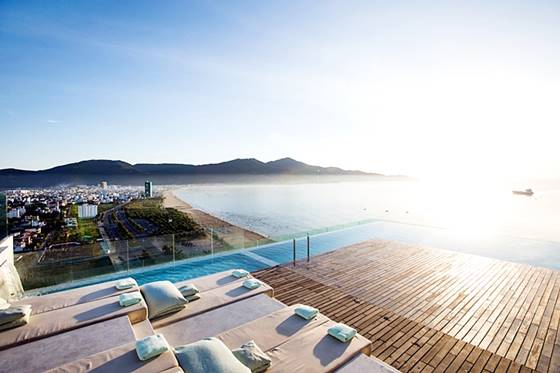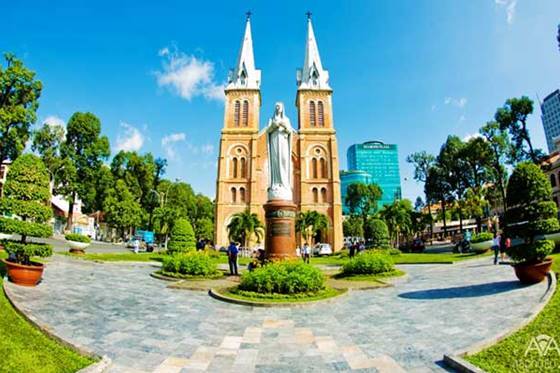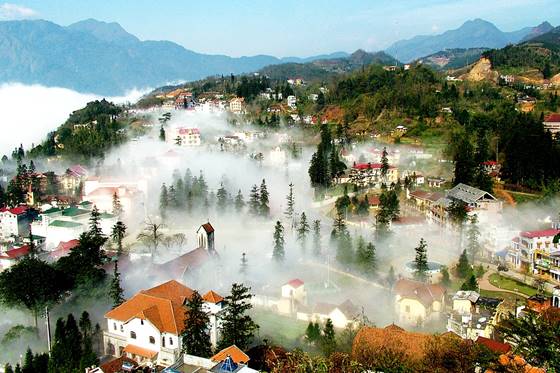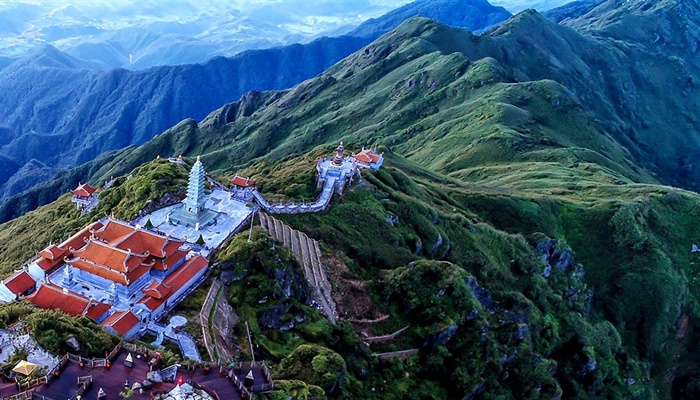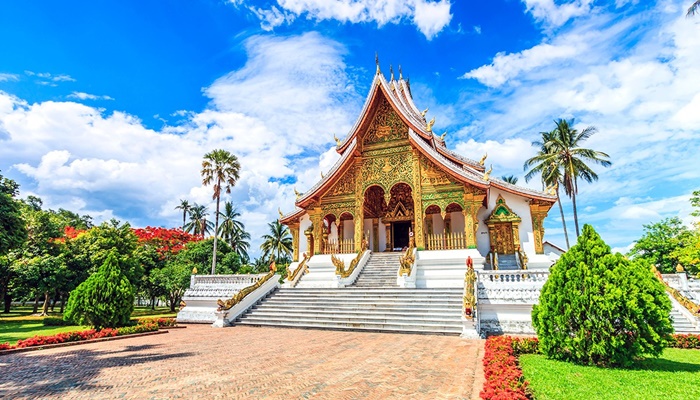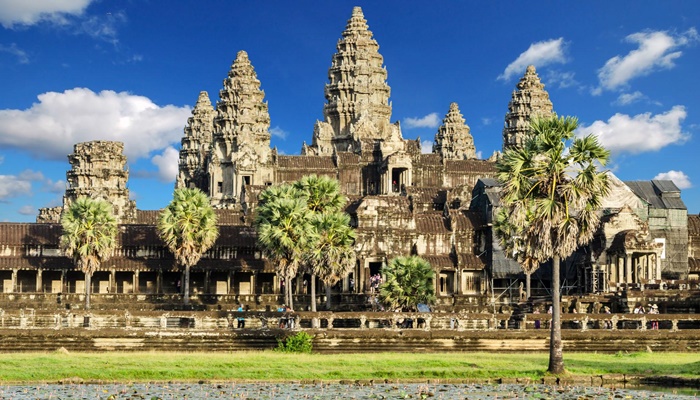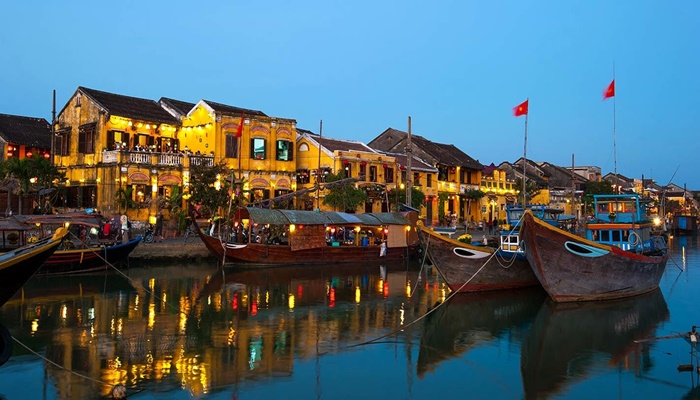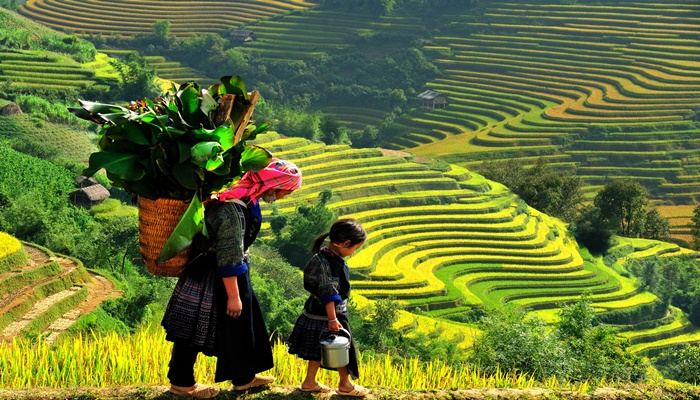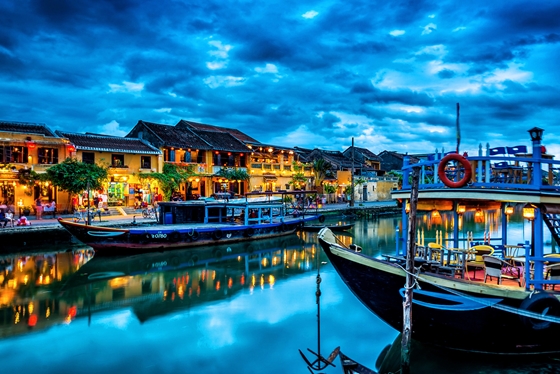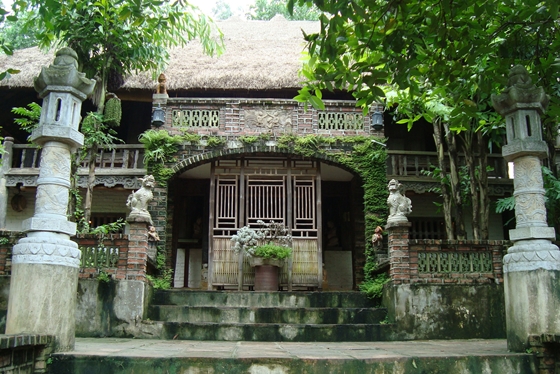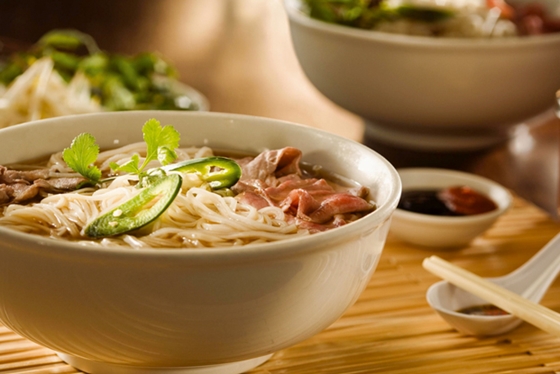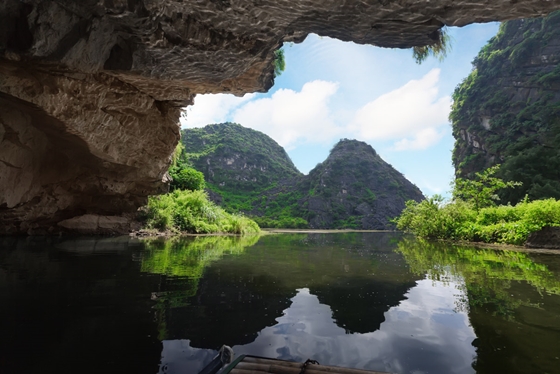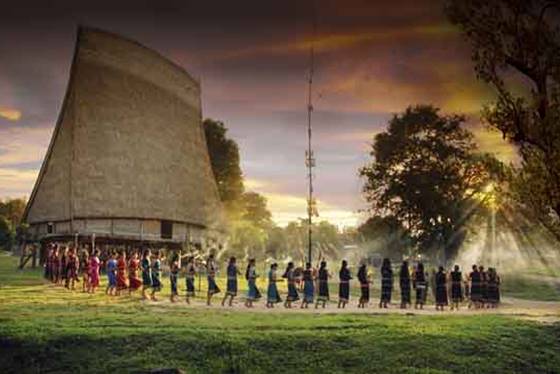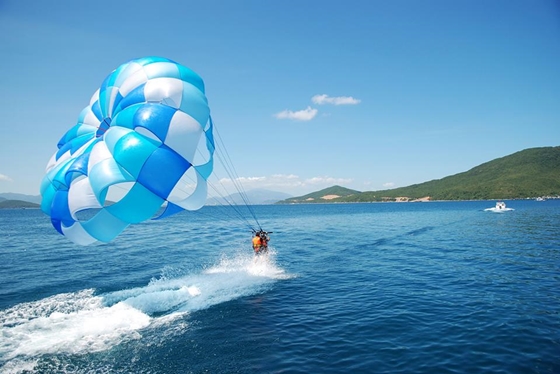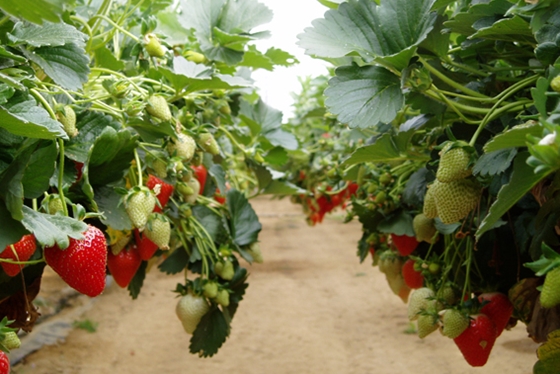Halong Bay is one of Mother Earth’s most amazing natural wonders and one of Vietnam’s most prized treasures. A comfortable 3 hours drive from Hanoi, Halong Bay is in Northeastern Vietnam on the shores of the Gulf of Tonkin. The bay is dominated by more than 1,600 limestone karsts and islets which rise out of the waters of the bay to heights of up to 100 meters (330 feet) and the numerous caves and grottos spread throughout the bay. Abundant scenic beauty, archeological and geological significance, cultural and historical connections, fresh seafood and proximity to international gateways make Halong Bay one of Vietnam’s most popular places to visit.
About Ha Long Bay
Halong Bay is located on the Western side of the Gulf of Tonkin in Northeastern Vietnam. The bay is approximately 35 km (21 miles) Northeast of the port city of Hai Phong and approximately 170 km (105 miles) by road from the capital Hanoi. The town of Halong is situated on the coast to the North of the bay. The journey from Hanoi to Halong takes approximately 3.5 hours.
Read moreHalong Bay is one of Mother Earth’s most amazing natural wonders and one of Vietnam’s most prized treasures. A comfortable 3 hours drive from Hanoi, Halong Bay is in Northeastern Vietnam on the shores of the Gulf of Tonkin. The bay is dominated by more than 1,600 limestone karsts and islets which rise out of the waters of the bay to heights of up to 100 meters (330 feet) and the numerous caves and grottos spread throughout the bay. Abundant scenic beauty, archeological and geological significance, cultural and historical connections, fresh seafood and proximity to international gateways make Halong Bay one of Vietnam’s most popular places to visit.
Such is the significance of Halong Bay that in 1994, UNESCO recognized the heart of Halong Bay as being a site of natural World Heritage and stated that "Apart from Halong Bay there are no equivalent sites on the World Heritage List..."
Geographical Location/Distribution
Halong Bay is located on the Western side of the Gulf of Tonkin in Northeastern Vietnam. The bay is approximately 35 km (21 miles) Northeast of the port city of Hai Phong and approximately 170 km (105 miles) by road from the capital Hanoi. The town of Halong is situated on the coast to the North of the bay. The journey from Hanoi to Halong takes approximately 3.5 hours.
Halong Bay is formed by Cat Ba island to the South, Ngoc Hung and Van Canh islands to the East and the Vietnamese coastline to the North and West. The bay covers a total area of 1,553 square kilometers (600 square miles). Occupying the heart of the bay between Halong town and Cat Ba island, the central World Heritage area stretches for 434 square kilometers (167 square miles).
Natural Features
- Islands and Karsts
The most outstanding feature of Halong Bay and undoubtedly its greatest attraction are the 1,696 islands, islets and rocky karst outcrops. 989 of these islets and rocky outcrops have been been given imaginative names by the locals over the years. These have been derived from their perceived shapes and include names such as Man’s Head, Fighting Cocks, Wading Ox and Wallowing Buffalo.
With heights ranging from 50-100 meters (160-330 feet) and a height-to-width ratio of about 6:1, the majority of these karst pinnacles and islets have sheer, vertical cliffs. They are uninhabited and unaffected by human activities. The pure size and numbers of these outcrops provide a stunning contrast and backdrop to the turquoise waters of the bay when viewed from sea level.
- Caves and Grottos
Another exceptional geological feature of Halong Bay is the number of limestone islands which have caves and grottoes within them. The total number of caves has never been determined and there are almost certainly more which are yet to be discovered. In order to preserve the natural state and integrity of the large number of caves and grottos in the World Heritage Area, only some are open to visitors. The most commonly visited are Thien Cung (Heavenly Palace) cave, Dau Go (Wood Tip) grotto, Sung Sot (Surprise) cave and Trinh Nu (Virgin) grotto.
The shapes and formations on the sides and rooves of the caves, many now being part of local folklore and legends, bear witness to the different stages of formation over the ages. Some cave features, such as calcified shell-beds, are the direct result of ancient human activity.
- Sea and Lakes
The lower chambers of some caves and grottos are below sea level. Due to the porous nature of limestone, these chambers are often partially filled to form tidal lakes and pools. Although most of these are shallow, the depths of some have never been determined. The geomorphology of Halong Bay indicates that it is almost certain that there are undiscovered and fully entombed lakes within many of the islands. Dau Be (Goat’s Head island) alone has 6 different tidal lakes.
The sea in Halong Bay is generally less than 10 meters (33 feet) deep and boasts a rich biodiversity of about 1,000 species of marine animals. Over 160 species of coral have been identified. Coral reefs make up 30% of the seabed and in some areas as much as 80% of the seabed is covered in coral reefs. Most coral reefs are at a depth of 4-6 meters.
Flora/Fauna
The majority smaller islets and karsts are capped with a low shrubby ’crown’ The larger islands are home to dense tropical forests featuring abundant bird life. The island of Cat Ba on the Southern flank of Halong Bay is a rich treasure trove for nature lovers. The National Park which occupies much of the island, and some of the surrounding waters, ranges in diversity from double-tiered primeval tropical rainforest on the slopes of the hills, down to tidal mangrove forests and inshore coral reefs. The island is home to several plant and tree species highly prized for their medicinal properties, and one of the rarest primate species on earth, the Cat Ba (Golden-headed) Langur. There may be as few as 50 of these animals between here and extinction.



